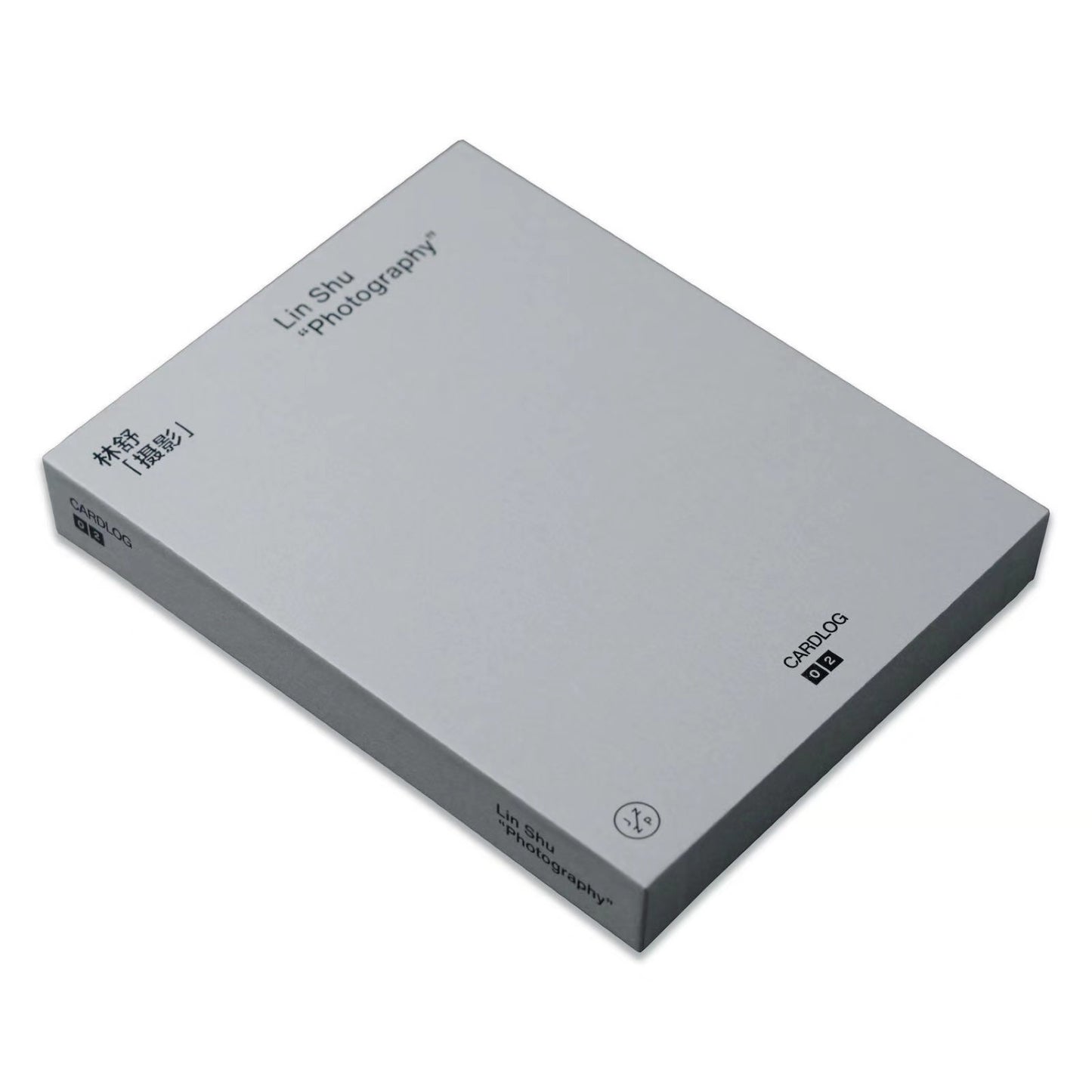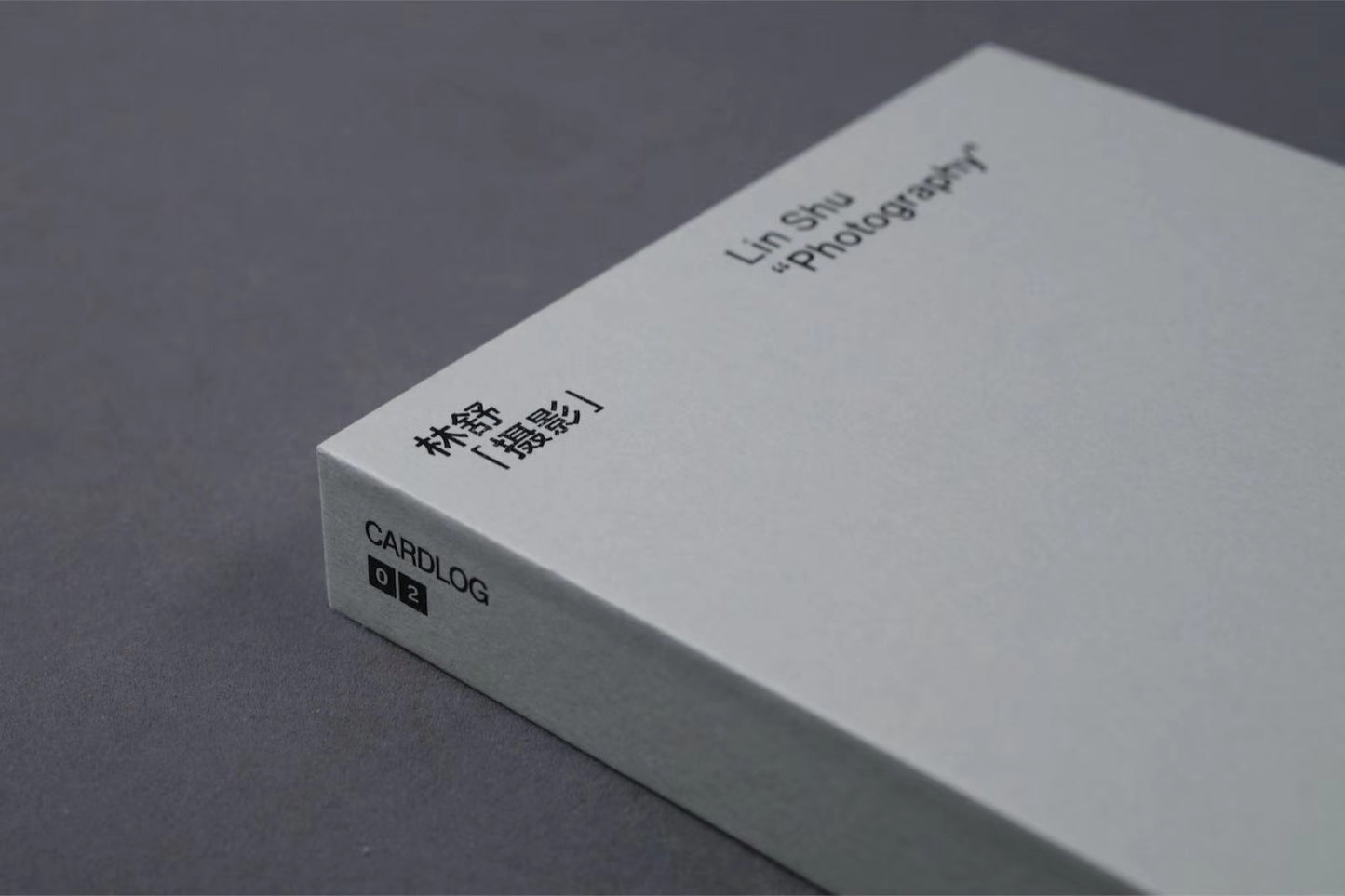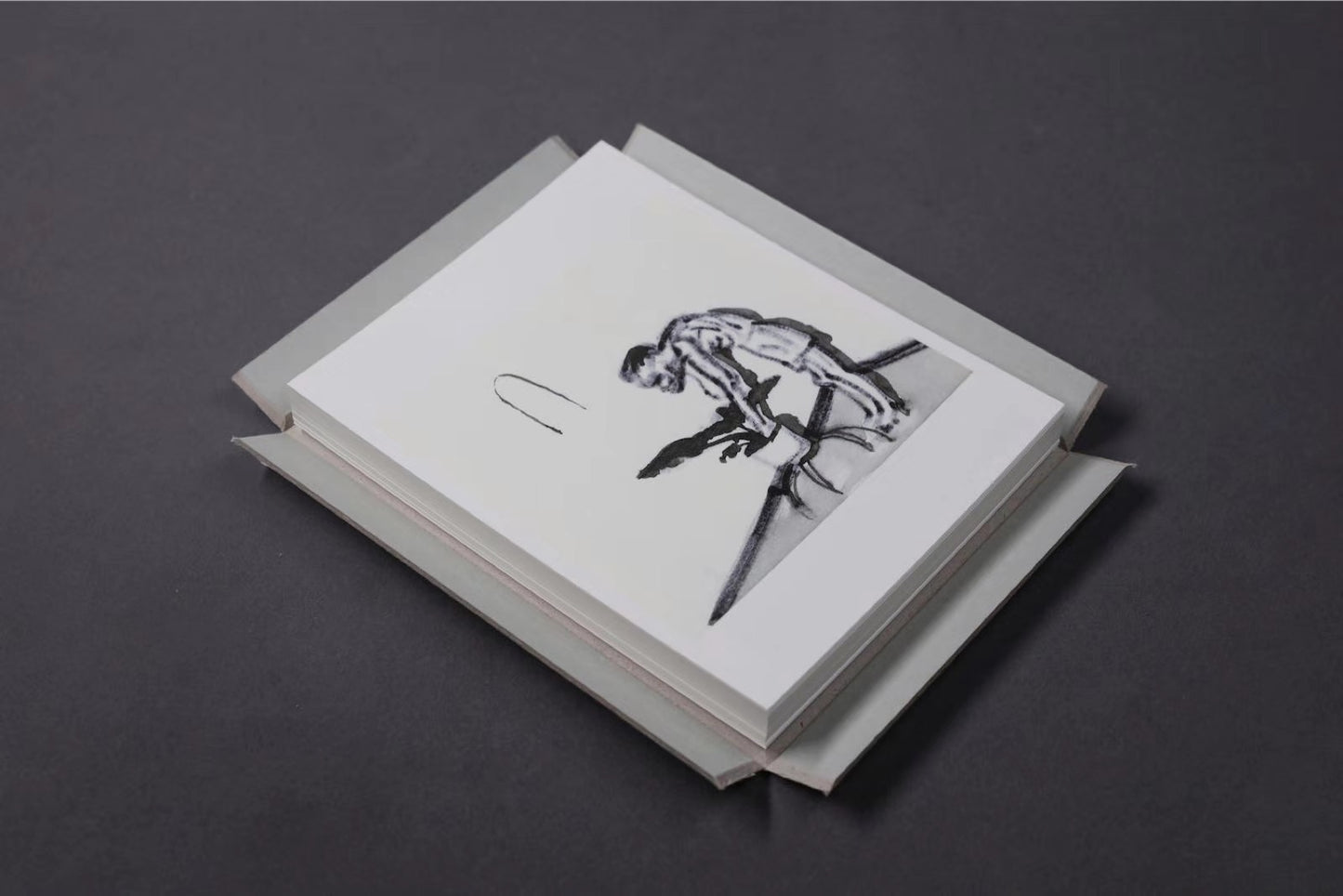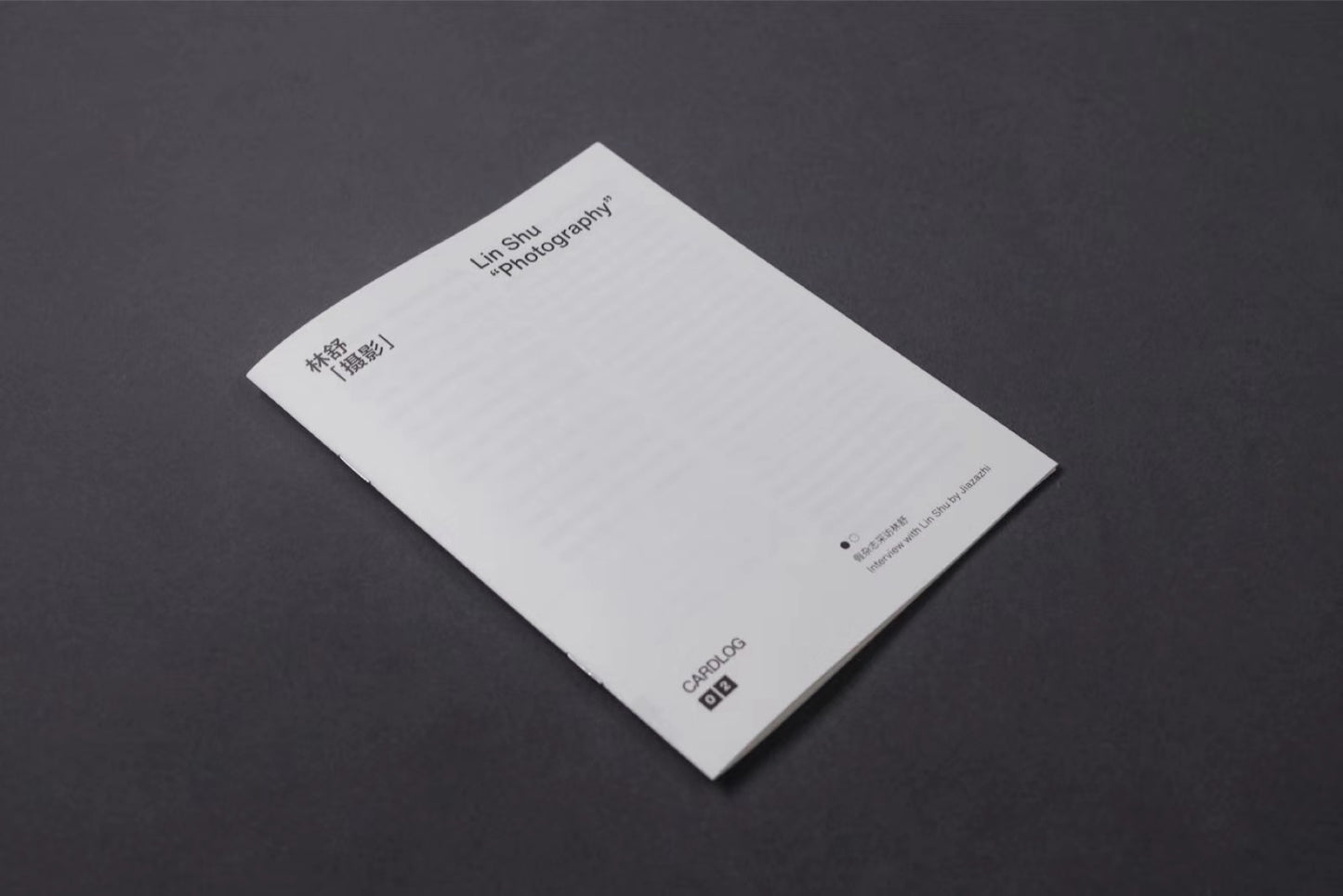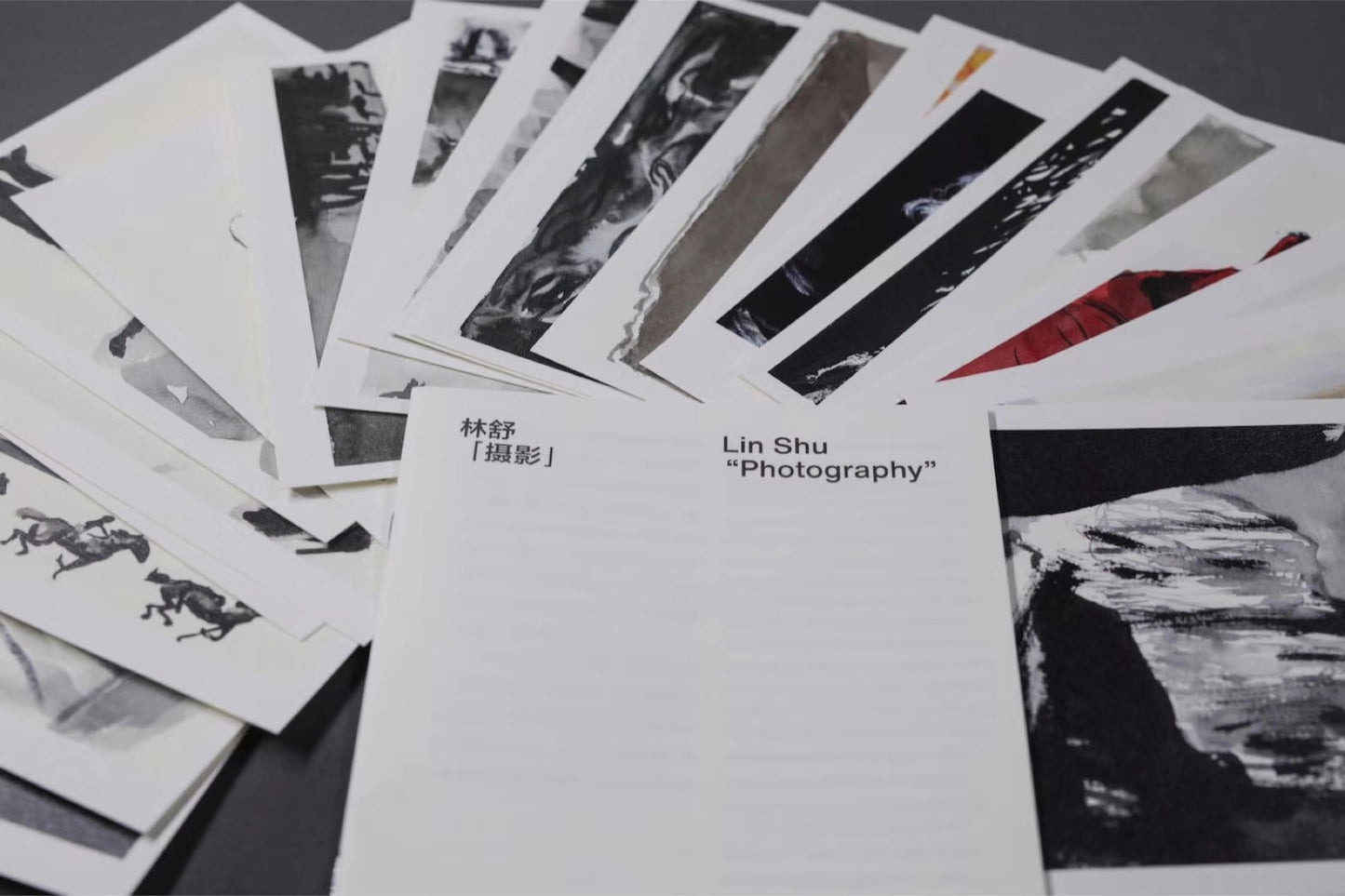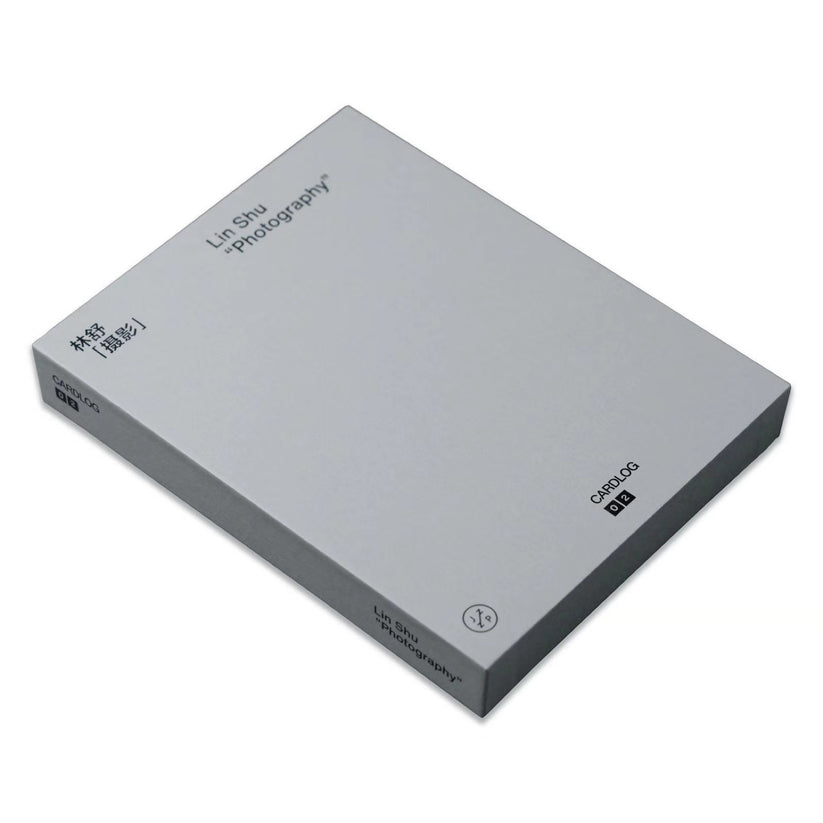
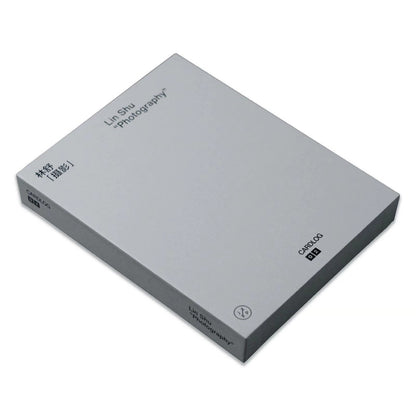
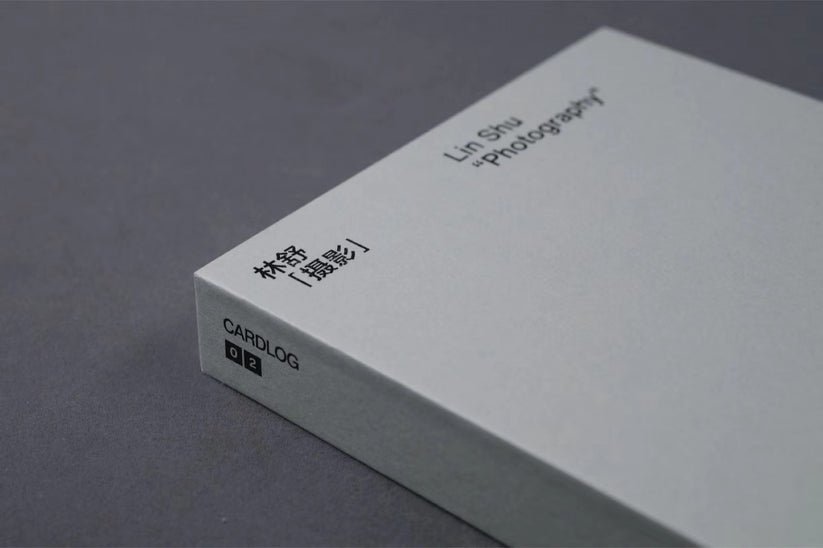

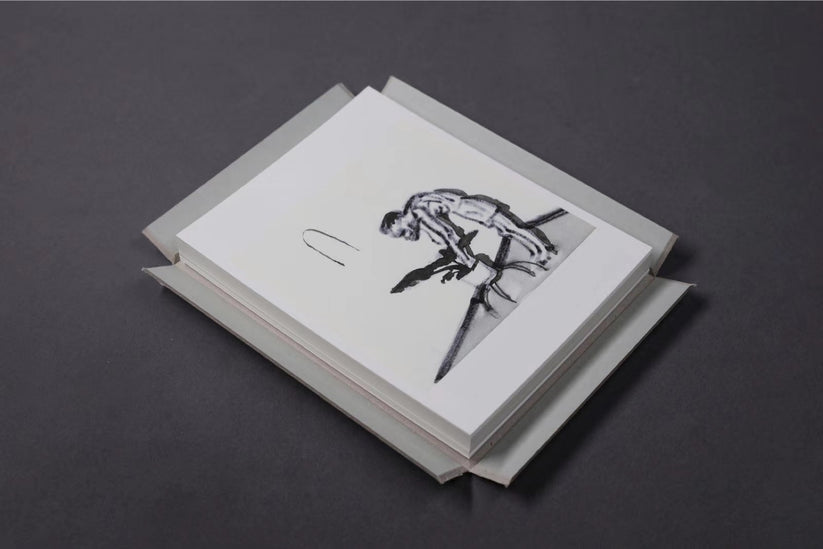
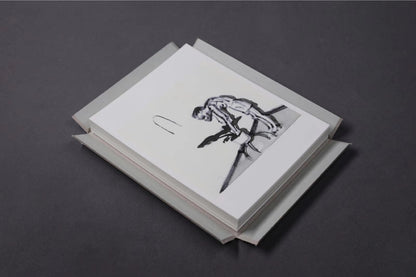

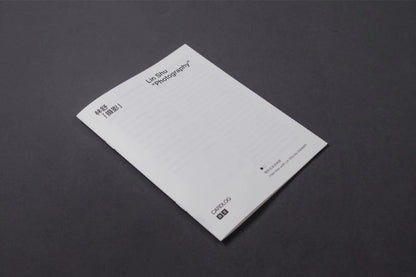
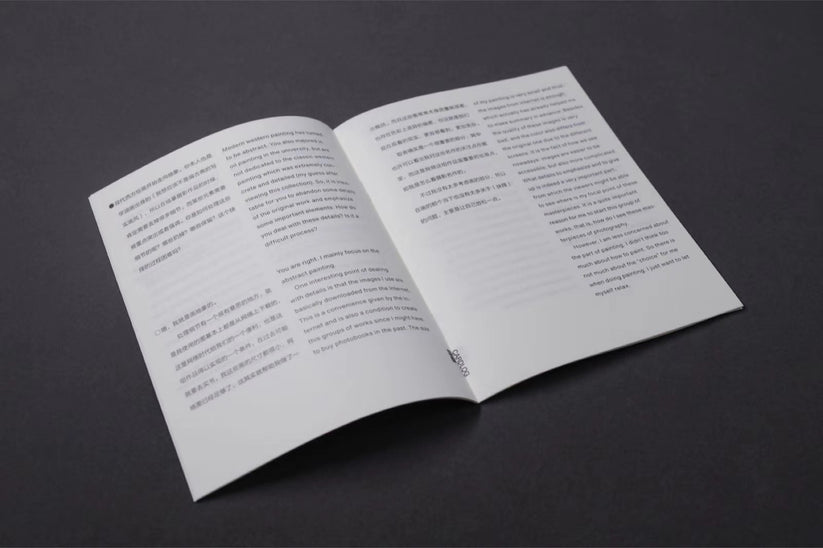
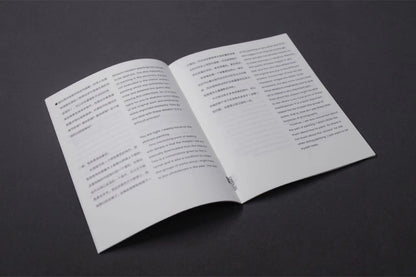


CARDLOG 02╱Lin Shu╱"Photograph"
Jiazazhi
When painting these masterpieces of photography, I regarded my work as making photographs. It is clearly that I want to discuss the relationship between painting and photography by doing so. The relationship between the two can’t be detached from the appearance of photography. It is also a long-term entanglement for me and is one of the photography problems that I am very concerned about. I also continue to make some attempts, from the faint inkling of Chinese traditional painting in the piece Toxic, to directly painting color by hand on the surface of photographs and trying to transform ready-made images, but I’ve always been more partial to painting.
I give up all these experiments this year. Initially, I just want to use ink painting to copy photography and attempt to relax and restrain my painting technique as much as possible. By placing all the focus on the photograph, I could have a deeper understanding of every detail of a masterpiece. With clear purposes and involved with painting, this type of observational method is completely different from ordinary viewing, which gives me a scan-like look, and the subtle transitions and collisions between the two media continue to work in my mind.
The tangles caused by painting and photography push me to decide the winner and the loser between the two. From reality to photography, photography to painting, and painting to photography again, a photo-based painting (almost a traditional way) seems to have always been a painting. But by copying these famous photographic works, drawing “photography” became a possible thing. These formidable renowned works block the faces of photographed objects, deeply imprint in the minds of people who know photography and photographic history, and render paintings unable to penetrate photography and reach the object directly. In this, I was finally able to clearly, undoubtedly see a photograph. Photography has taken the upper hand here and painting has become a substitute for photography instead of the opposite, but what I did not think is that painting has defeated painting.
